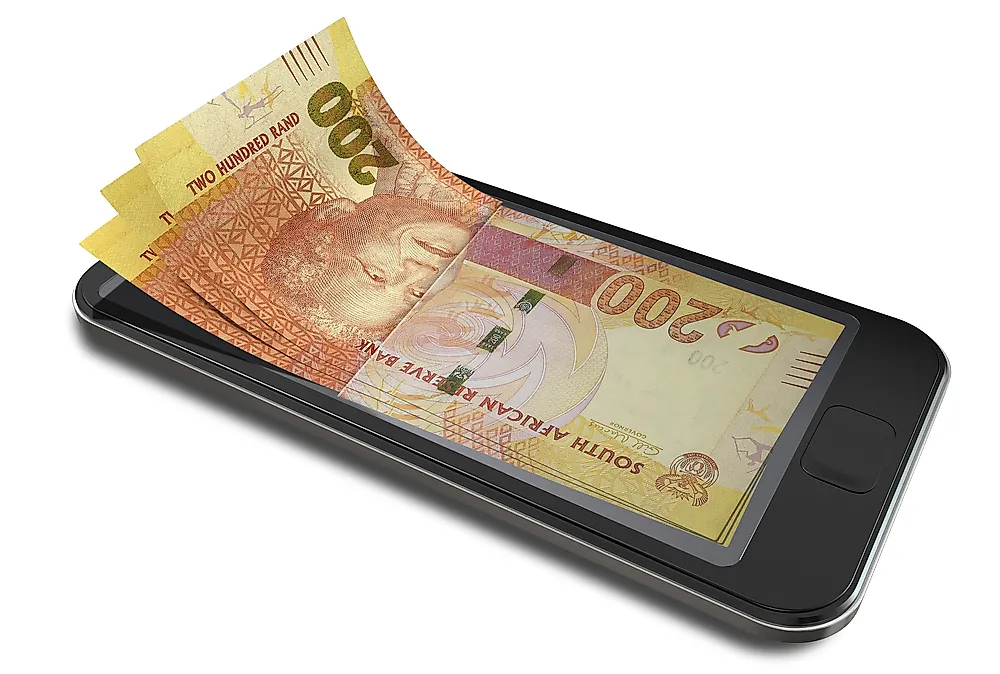The Use Of Cell Phones To Transfer Money In Modern Africa

No one can doubt the impact of mobile money transfer services on the economy. Almost every household today depend on mobile money for most of its daily transactions because of the safety and efficiency that comes with its use. While poor infrastructure like roads has led to the slow growth in the financial sector, mobile money services seem to have beaten this barrier. Today, millions of Africans use mobile money services more than the number using banks today. Some of the African countries where mobile money transfers are famous include:
Kenya
Kenya is considered the hub for mobile money with the innovation of mobile money transfer credited to Kenya. In 2007 Kenya became the first country to launch mobile money transfer service through a cell phone service provider Safaricom. Mobile payment service was launched under the M-Pesa platform and quickly accepted by most of the mobile phone users. Currently, there are three mobile phone service providers offering mobile money services with a total of 58.3% of all adults in Kenya transacting through their mobile phones. Because of the security and its efficiency, mobile money is being used almost everywhere in Kenya. One can pay for goods and services send and receive money or buy airtime through their phones. Mobile money service providers are in partnership with local banks to enable their clients to deposit and withdraw money from their accounts as well as get loans from the bank at the click of the phone.
Somalia
Somalia is famous for slow economic growth due to many years of instability and constant displacement of people. But with the invention of mobile money transfer, the narrative is changing. In 2009 Somalia launched its first mobile money transfer service called ZAAD through Telecom Company. Today, 37.1% of the Somali population actively use mobile money services to receive, transfer, and deposit money. One is also able to pay for goods and service especially, merchant payment, livestock payment, and salary payment. Mobile money in Somalia has also aided international remittance as such anyone can receive money with their phones then withdraws from the bank.
Uganda
Like Kenya and Somalia, the uptake of mobile money transfer services in Uganda has grown tremendously with MTN being the major company offering such services. Kenya’s M-Pesa has also penetrated the Ugandan market because of the high demand for mobile money. Currently, 35.1% of Uganda population is using mobile money services to send and receive money, make payments for goods, services, fees and taxes, make donations and also for international transaction. Through MTN one is also able to withdraw and deposit money into their bank accounts.
Tanzania
Mobile money has essentially become a household service in Tanzania. Tanzania is rapidly taking up digital financial services including mobile money with higher monthly transactions of 95 million compared to Kenya’s 93 million transactions. Tanzania also has more mobile money agents compared to Kenya with a total of 32.4% of its population registered for this service. Just like Kenya, Mobile payment services are mainly for payments for goods and services, purchase of airtime, receiving and sending money, and bank transactions.
A Success In Many Countries
Some of the other African countries where mobile money services have been a success include Ivory Coast, Botswana, Rwanda, South Africa, and Ghana. These countries have over 10% of their adult population registered and use mobile money services to transfer money, pay for goods and services and receive international payments. Mobile money has been a threat to most banks in these countries with some banks losing on deposits and low-income customers who receive their salaries through their phones.
The Use Of Cell Phones To Transfer Money In Modern Africa
| Rank | Country | % of Adults Using Mobile Accounts for Financial Transactions |
|---|---|---|
| 1 | Kenya | 58.4% |
| 2 | Somalia | 37.1% |
| 3 | Uganda | 35.1% |
| 4 | Tanzania | 32.4% |
| 5 | Ivory Coast | 24.3% |
| 6 | Zimbabwe | 21.6% |
| 7 | Botswana | 20.8% |
| 8 | Rwanda | 18.1% |
| 9 | South Africa | 14.4% |
| 10 | Ghana | 13.0% |











